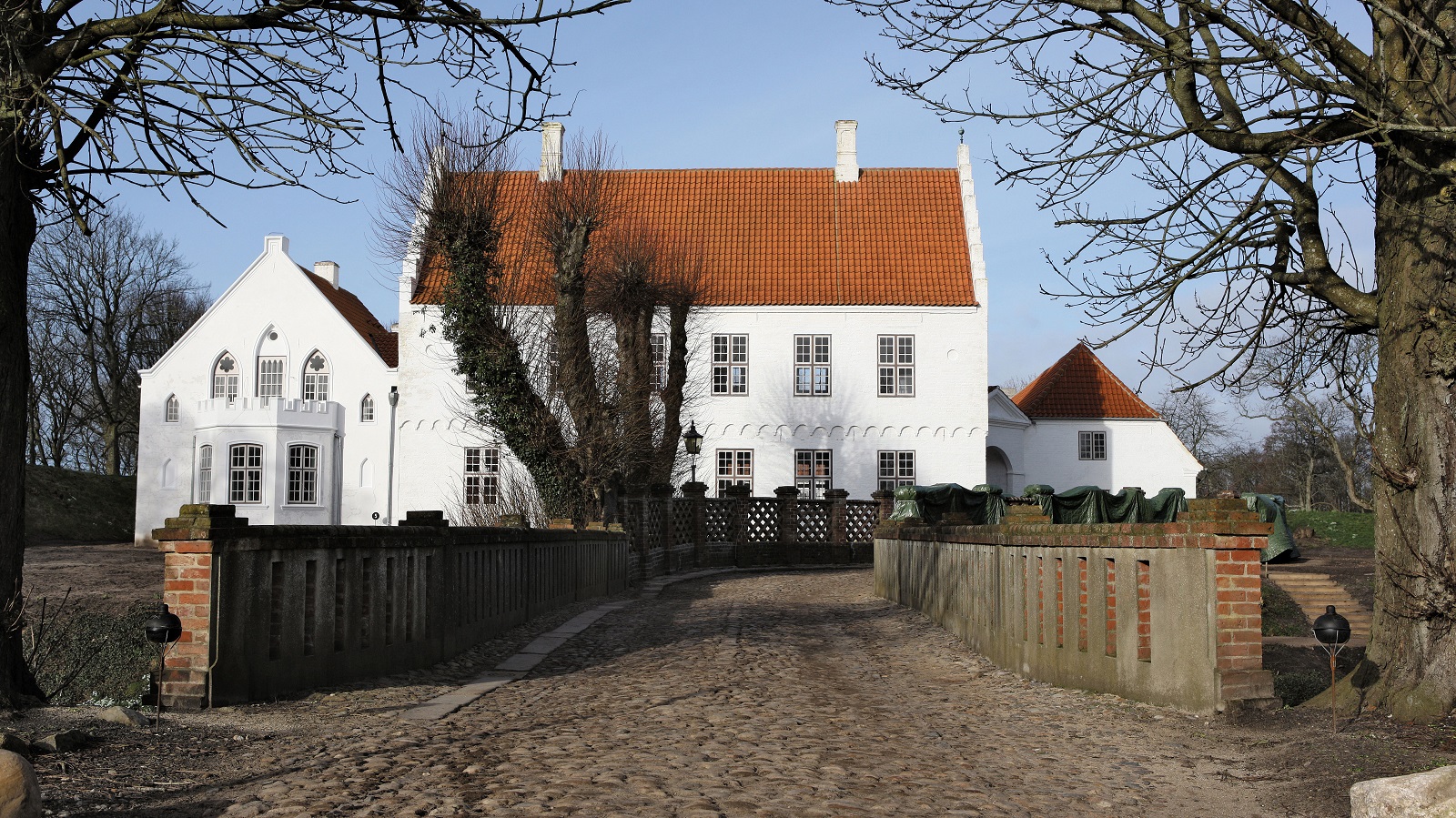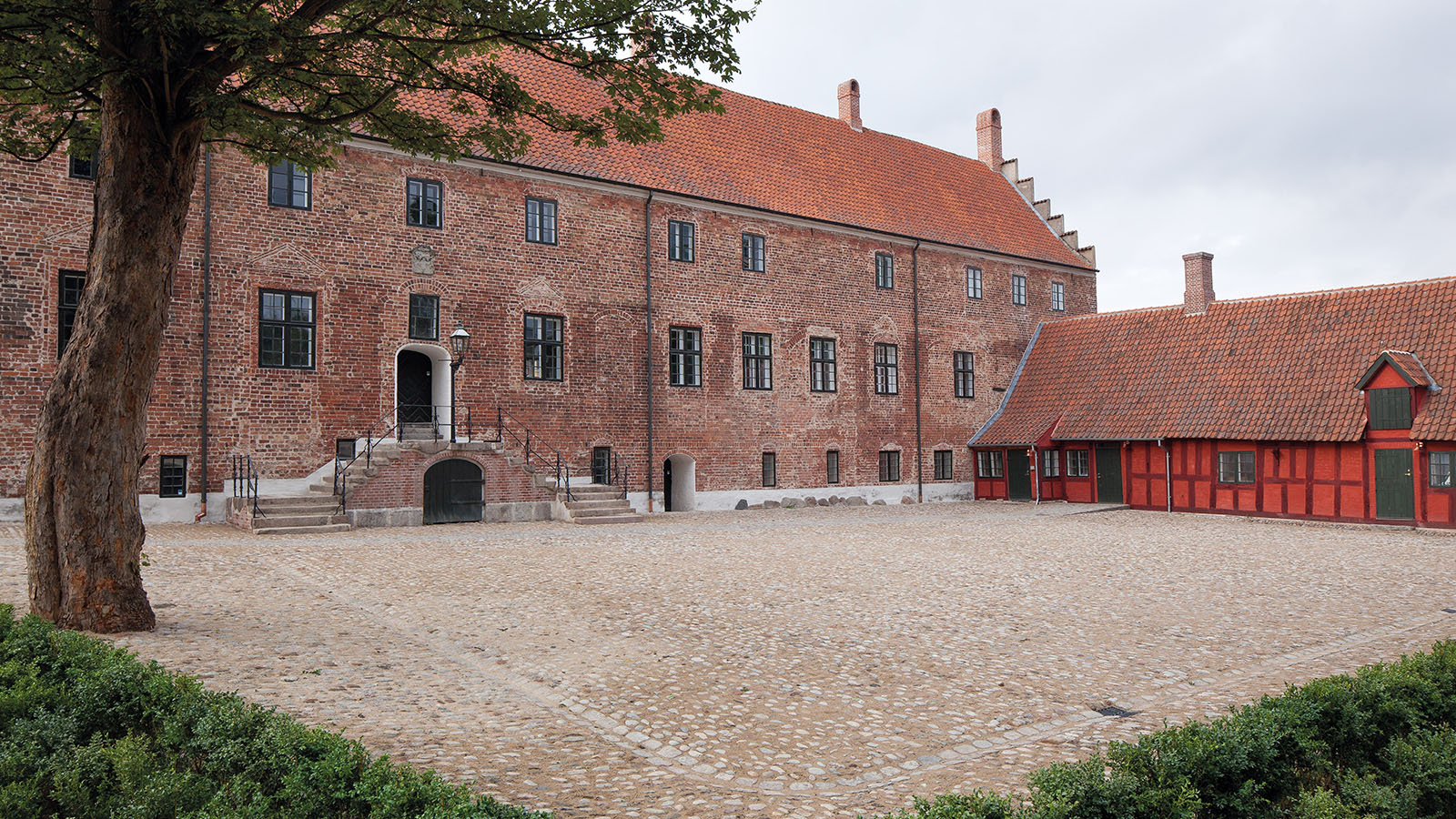Log ind info
Modern Denmark is unusually poor in building stone. Pre-medieval buildings were mainly wooden, so the earliest surviving buildings stem from the monastic movement's import of brick-making technology from the south - and mainly consist of churches and monasteries. The church was the pivot of society - a power factor if ever there was one. And existing church buildings are the primary source for medieval building styles.

The Romanesque style with its round-arched windows typifies the first building work of the period, and was followed by the Gothic style, characterised by windows with pointed arches, crow-stepped gables with blind arcading and a desire for verticality. The cellar of the Odense Home for Unmarried Ladies of Rank still displays the cross-vaulted ceiling arches typical of the Gothic period. The kings of the Middle Ages were always on the move, and for this purpose a number of brick castles and administration buildings were erected. Only in the late 15th century did the first brick-built buildings, which were independent of the church or the monarchy, emerge. In parallel with the masonry building reserved for the elite, wooden building still continued, gradually developing into what is today called half-timbering.
